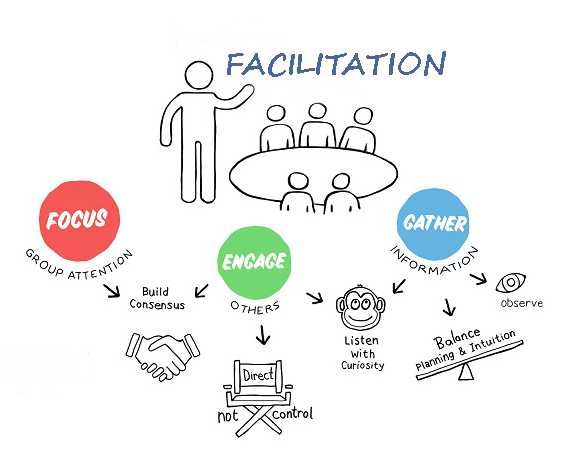Let me just begin my saying, holy workload Batman! I certainly underestimated how long it would take to create a course shell and single module for my blended math course. This is something that I can see many of us are experiencing! Understandably, the initial creation of an online or blended course would be quite tedious and time consuming, but once completed, would be able to be used again and again with future groups of students. Still, there is a lot to think about – a lot more than I thought.

A few weeks ago, I decided that Canvas would be the LMS I would use to host my fractions, decimals and percent course. Canvas was (is) entirely new to me, but after exploring it, I decided it looked promising enough to give it a go. I created an account, looked around a little bit, and left it at that. I veered over to Lumi to create my H5P content for my course. You can check this out here. Let me explain a little bit of my rationale for this creation:
- First of all, and this might come as quite a shock to some of you, but teaching about terminating and repeating decimals is actually not very exciting! In my course I am trying to employ an inquiry foundation in earnest and try to foster curiosity and enjoyment in the learning process. The video I found and added interaction to is one that I found was a good “bridge” between my module’s initial inquiry task and the more traditional approach to converting fractions to terminating and repeating decimals (long division).
- The video I chose (from Infinity Learn NEET on YouTube) shows an alternative way of identifying if a given fraction is going to convert into a terminating or repeating decimal without doing long division. I thought this was pretty neat, and I even wondered if this “method” might be something that students would discover during the initial inquiry task (uh, perfect!). Except… the terminology in this video was different than the terminology I was using. What I mean is, for the decimal number that repeats, I was using the term “repeating”; in the video, this number is referred to as “non-terminating recurring”. I was annoyed, quite frankly, because this seems to happen in so many situations where, as a teacher, I am scouring the internet for a video that will work to reinforce or introduce concepts to students and can’t find one that is juuuust right. But then, I thought about how it might be more valuable for students to hear a different term and learn that these different terms can mean the same thing. I decided that, instead of creating my own video teaching the same thing, I would just add interactive content to help assist students in learning that these terms are referring to the same thing. This might not seem like that big of a deal, but remembering myself as a younger math learner, there were many times where I was confused about something because it did not follow the prescribed step-by-step method that was shown or explained to me. It is far too easy when teaching (and learning) math to fall into the habit of imitating the instruction and applying that to drill and practice questions without actually developing a deeper understanding, and this is something I want to move away from in my course.
- After finishing up with that video, and as I continued developing the shell of my course, I realized that I was going to need another video to review long division of numbers resulting in a decimal. I included this video by Khan Academy as an option for student who need it. As I’m sure many of you who also teach math can attest to, teaching new topics often results in having to go back and review or reteach prerequisite concepts. The “learner personas” for my course (you can see my ADDIE template here) include two students who are working at a grade 4 level in math and could certainly benefit from this additional support, but all students have the opportunity to access it.
I found that with Lumi and H5P, I could only do so much; my lesson also includes an inquiry task (activity), discussions and an assignment directly in the LMS for formative assessment (see below for links to these). For students who are completing the course entirely online, though, H5P content comes as close as it can get to being there in-person for instruction and interaction.
Canvas Assignment (“quiz”) – formative assessment
Journal About Math (JAM) – formative assessment
My first module and the shell of my course is complete, and you can view it all starting here. There are a few other odds and ends I’ve included if you care to take a look, such as a discussion etiquette rubric and sample video/written journal entry which I’m sure I’ll elaborate on in the coming weeks.
Planning and creating this course has been a labour of love. I’m thoroughly enjoying it and wish I had a couple more hours in the day to dedicate to it (rather than trying to utilize every single minute during nap times and whatever other spare time small children allow…but such is life). I am looking forward to watching it all (hopefully) come together.


 I am using the LMS
I am using the LMS  Creating a welcoming learning atmosphere that encourages community involvement and cooperation is crucial when planning orientation programmes for new arrivals to Regina. Various student-teacher and student-student interactions can enhance the educational process and encourage cultural assimilation. Let’s examine the criteria for guaranteeing the effectiveness of these encounters and how they might be put into practice.
Creating a welcoming learning atmosphere that encourages community involvement and cooperation is crucial when planning orientation programmes for new arrivals to Regina. Various student-teacher and student-student interactions can enhance the educational process and encourage cultural assimilation. Let’s examine the criteria for guaranteeing the effectiveness of these encounters and how they might be put into practice.